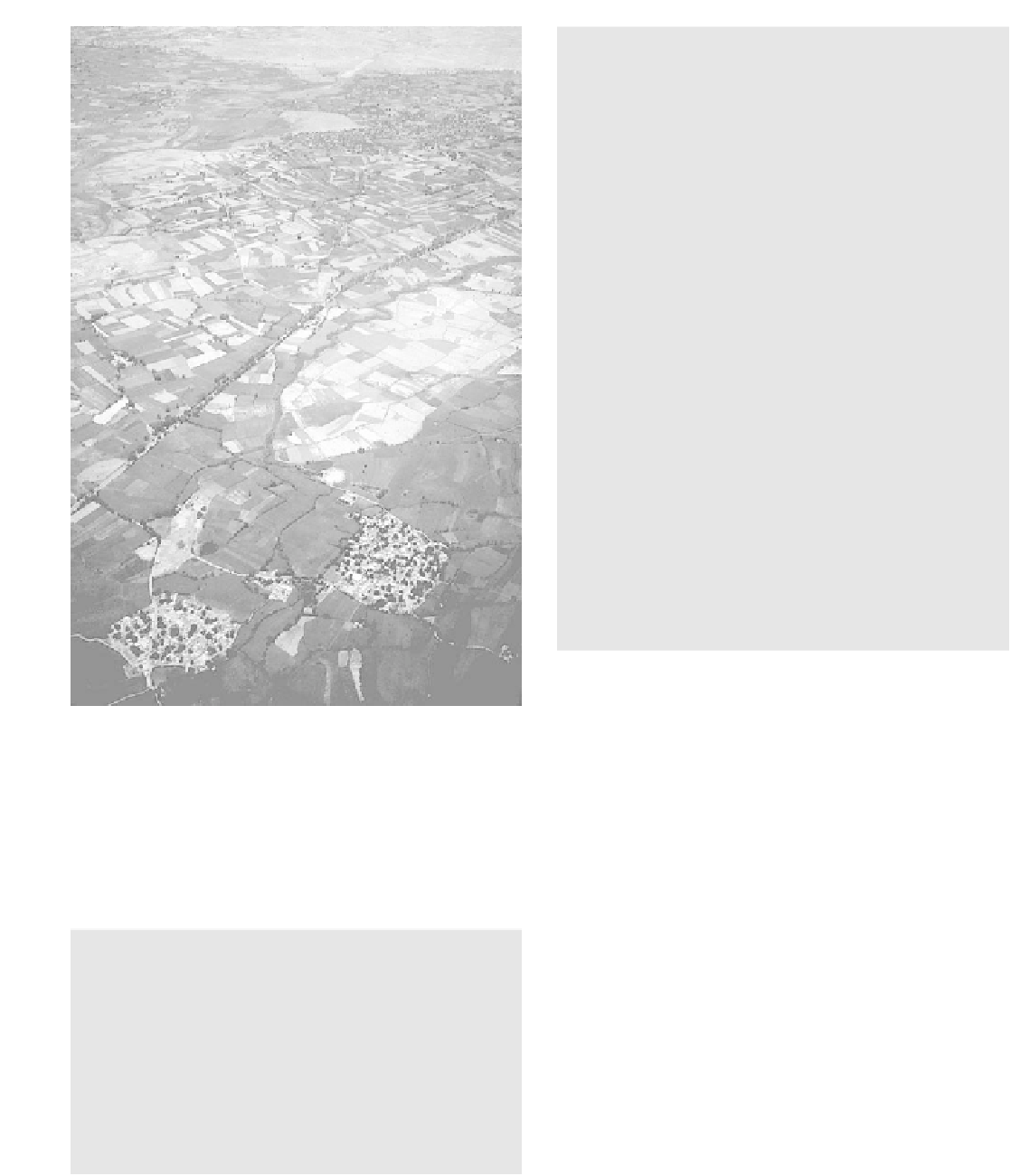Geography Reference
In-Depth Information
diem
(in Latin, “seize the day”) and “you only live
once” make little sense in context of profoundly
enduring and seemingly endless continuities of
collective existence.
If you ranked the five factors that shape every-
day life, from the traditional Asian perspective, the
ranking would be: fate, luck,
feng-shui
(in China;
vashtu
in India), virtue, and education, in that
order. (See Chapter 10 for more on
feng-shui
). In
contrast, Western perspectives rank education first,
give only lip service to virtue, and denigrate fate,
luck, and
feng-shui.
Furthermore, it seems ironic
that Asian students these days are stereotyped in
the West as being obsessed with education. T To the
extent that this is true, it demonstrates how rapidly
globalization has undermined traditional Asian
values and worldviews.
It is true that Western influences/philosophies
espousing individual rights, freedom, and social
equity are poking holes in the fabric of group iden-
tity in Asia. Change is most evident in places where
values of individual achievement and entrepreneur-
ial success are becoming prominent. Nevertheless,
change does not mean erasure of tradition. Asians
remain grounded, to varying degrees, in traditional
collectivist consciousness.
POPULATION INCREASE AND EXPANSION
Population numbers and distribution were tied to agri-
cultural productivity . In stable and prosperous times, vil-
lages expanded and even coalesced. New farmlands were
opened up and people moved into them. Where equal or
multiple-share inheritance was practiced, lands contin-
ued to be subdivided into ever-smaller plots. As popula-
tions grew and good lands filled, marginal lands became
sought after. In-migration of one population forced
the out-migration of another. Southeast Asia received
countless non-Chinese ethnic groups as well as the Chi-
nese in context of China' s southward expansion. Re-
peated invasions of Aryans and later Mongols into
northwestern India drove then-existing populations east-
ward and southward there as well. Population migrations
did not end in ancient history; they are ongoing. As we
will see later, Chinese movement into Manchuria is a
fairly recent phenomenon, and the Chinese continue to
migrate into their northern, western, and southwestern
frontier regions. Vietnamese migration down the
Figure 3-4
This aerial view over Pakistan shows two nucleated villages.
People work the fields surrounding the villages. Much of this land
is fragmented, meaning farmers do not own contiguous fields.
Many farmers are tenant farmers working for landlords. Linear
settlement patterns can be seen along roads and irrigation channels.
Photograph courtesy of B. A. Weightman.
fact that royalty or elite groups exhibit abundant
wealth, conspicuous consumption, or questionable
behavior is tolerated as long as duties are performed
correctly and moral responsibilities are met in order-
ing and providing for society at large. Authoritarian
structure and order are considered prudent.
Religious beliefs frequently support a stratified
status quo. Hierarchical concepts of order in the
sacred realm bolster hierarchical relationships and
consequential order in the secular world.
Carpe




















Search WWH ::

Custom Search